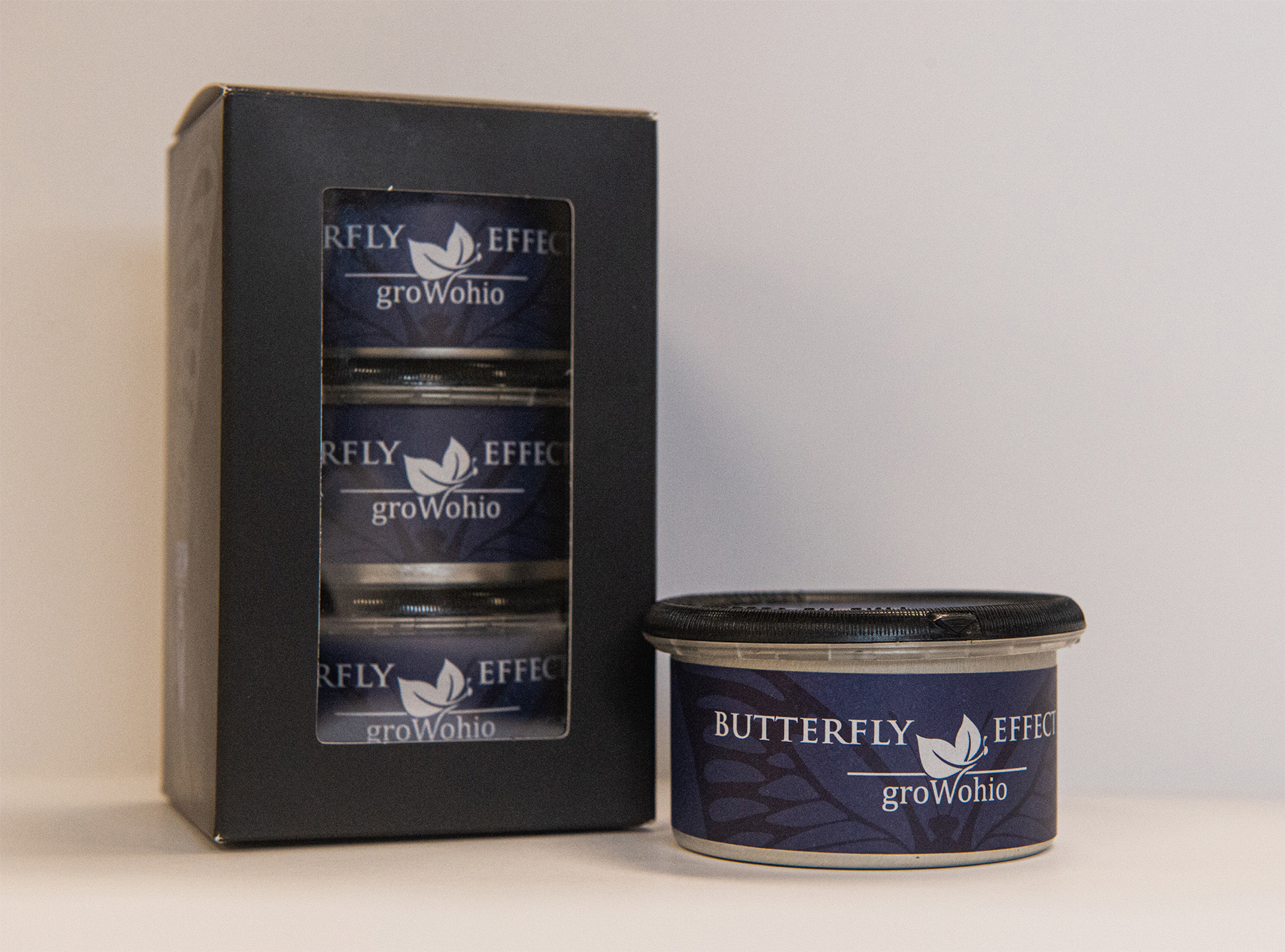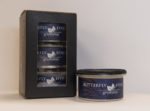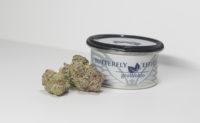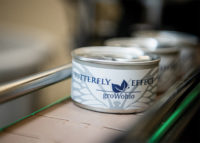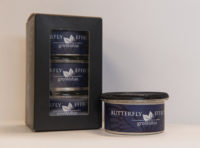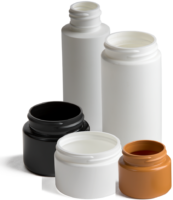Once you have your product and your business model conceived in the legal cannabis industry, it’s time to brand your endeavor. Branding is what will differentiate your company from others in the same cannabis space. It’s a reflection of what you value and why customers should care about your company.
Build brand identity
When branding your cannabis business, the first place to start is defining your brand identity. Working off your original business plan, you need to determine what your company stands for and how this reflects the services or products you provide. Formalizing your brand will create a foundation for all of your marketing materials, collateral, imagery, packaging and design. This will allow you to better reach your target market and build customer loyalty in the competitive cannabis marketplace. Brand identity includes your company’s voice, tone, visuals, values, and mission. These core components work together to demonstrate how customers perceive your brand. It can help to personify your brand and illustrate its personality.
From healthcare to leisure, there are many emerging markets within the cannabis industry. It’s important to know the subtle differences between each type of cannabis business. Knowing your market will help define your identity.
Formulate the first impression
Your business name is your first impression on customers. Landing on a memorable name that speaks to your customers is a crucial decision that affects your bottom line. Reports have demonstrated that a strong name performs up to 33 percent better on the stock market than weaker names. These marginal advantages cannot be ignored in an industry that continues to ramp up. It’s important to select a name that will be both powerful and overcome any social stigma associated with the cannabis industry.The cannabis industry is fresh and innovative and so should your brand and name.
One of the first steps in this process is to review naming constructs. Most brands fit into one of five styles: classic, clever, pragmatic, emotional or modern. The style needs to reflect your brand’s tone and values. It should also appeal to your dedicated audience. Using what you produced about your cannabis company’s identity, you should begin the brainstorming process. You can utilize online tools such as a brand name generator to spark the brainstorm. Squadhelp’s generator is powerful in that it analyzes the accessibility, depth and functionality of each name idea.
Think creatively
The cannabis industry is fresh and innovative and so should your brand and name. Creative names are what customers respond to. It’s what will set you apart from the bland and sterile. Remember your name doesn’t solely have to describe your product or service. Your brand’s name should, however, evoke genuine emotion.
According to Motley Fool, here is a list of the 10 largest cannabis stocks in 2020:
- Canopy Growth
- GW Pharmaceuticals
- Curaleaf Holdings
- Cronos Group
- Aurora Cannabis
- Green Thumb Industries
- Tilray
- Aphria
- Trulieve Cannabis
- Harvest Health & Recreation
The majority of these names involve nomenclature and cannabis buzzwords. But they also include names completely unrelated to the industry, proving an original name can drive success.
Feedback is key
Love at first name is real. It’s easy to fall for a name relying heavily on personal preference. But that’s why audience testing is so important. Through proper audience testing, you can gauge whether your favorite name resonates with your key demographic or if there’s another name that better hits the mark. You may also discover that your name is actually offensive or politically incorrect, a fail you truly want to avoid in today’s cancel culture.

One example of this was a startup called Bodega, a San Francisco company that specialized in tech-enabled vending machines. The founders believed the name was a nod to corner stores heavily established throughout New York’s boroughs. Instead, the company received extreme backlash for exploitation and cultural appropriation of these beloved mom and pop stores. In 2017, The Verge said that “Bodega is either the worst-named startup of the year, or the most devious.” Tapping into diverse audience surveys and polls provides valuable feedback to avoid catastrophic launches such as this.
Check for functionality
When you finally settle on a name you want to be sure that you’ve run through a final functionality checklist.
There are three main parts of functionality to review when naming your cannabis business:
- Read to Speak – Can customers easily say the name aloud after reading it? Do they pronounce the name correctly?
- Hear to Spell – Can someone easily spell your name after hearing it? Would they be able to Google search it after hearing it once or look your business up on social media?
- Speak to Hear – Does your name pass the “crowded bar test”? Meaning, would somebody be able to clearly understand your brand name even if it was spoken in a crowded bar? Would whoever heard it be able to repeat the name back in the same situation?
A highly functional name are ones that are easily remembered and often referred to in conversations.
The time is now
The industry as a whole can be a complicated space to understand. Creative branding is an opportunity to educate potential customers about this novel industry as well as debunk myths. After all, two in three Americans support the legalization of recreational cannabis, according to a 2018 Gallup poll. This illustrates that there’s still a population that needs additional cultivation.
By following these steps, your impactful brand name will promote interest and stand out in an industry that shows no sign of slowing down.











